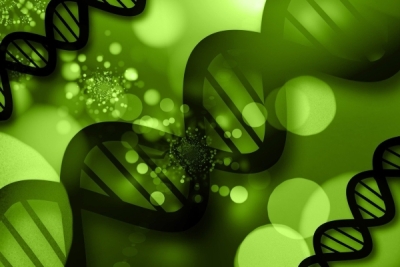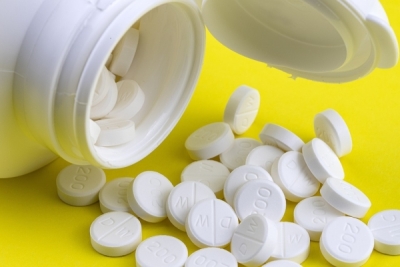A recent study, published by the scientific journal Nature Communications, found a correlation between alcohol consumption and a decrease in brain white matter (1). The authors analyzed a UK database, known as the UK Biobank, with data from more than 36,000 people. The average age of the group was 63 years, with most people ranging up to 7 years around this average. Fifty-three percent of people were female, and 2,900 reported not drinking alcohol.
The study seeks to assess the structural "health" of the brain through imaging techniques. In short, these techniques allow you to take a kind of picture of the brain, contrasting some of its most important regions, such as the white and gray matter. These brain scans were then compared with each person's reported alcohol consumption. Thus, the authors grouped people who were abstemious and people who drank little (light consumption, from 1 to 2 units of alcohol [1]) and heavy drinkers (heavy consumption, more than 4 units of alcohol).
As a main result, the researchers found that the consumption of 2 units of alcohol per day (the equivalent of a can of beer, or a glass of wine or a dose of distillate) would be associated with a reduction in the volume of the white and gray mass of the brain. These effects were considerably more severe in people who consumed more doses daily. And according to the authors, this is the first time that a correlation between light alcohol consumption and decreased brain volume has been reported.
This result has great scientific relevance, but it is also important to highlight its limitations. The first is that the study only considers middle-aged individuals of European descent living in the United Kingdom in the sample. It is reasonable to assume, as the authors point out, that the observed relationship is different in younger individuals who have not experienced the chronic effects of alcohol on the brain. Another limitation stems from the UK Biobank measures of alcohol intake, which only cover the year prior to participation. Such estimates may not adequately reflect alcohol consumption prior to that period and are susceptible to reporting and recall bias.
In addition, the study, which was based on a cross-sectional design, does not allow for the identification of causal effects. In other words, a correlation between light alcohol consumption and reduced brain mass does not necessarily imply that one generates the other. Other factors (called confounders) not considered in the survey may affect the results. Further investigation of the causal nature of the relationships between alcohol intake and brain anatomy would be important to verify this hypothesis.
Alcohol is a risk factor for more than 200 types of disorders, accounting for 5% of deaths worldwide each year (2). This, in itself, is reason enough to avoid harmful consumption and not recommend abstemious people to drink. Because of this, if you are of legal age and drink, moderate consumption is always recommended.
[1] The unit of alcohol was defined as 8 grams of pure alcohol, which is equivalent to half a standard dose of alcohol, that is: half a can of beer, half a glass of wine or 20 mL of spirits.











